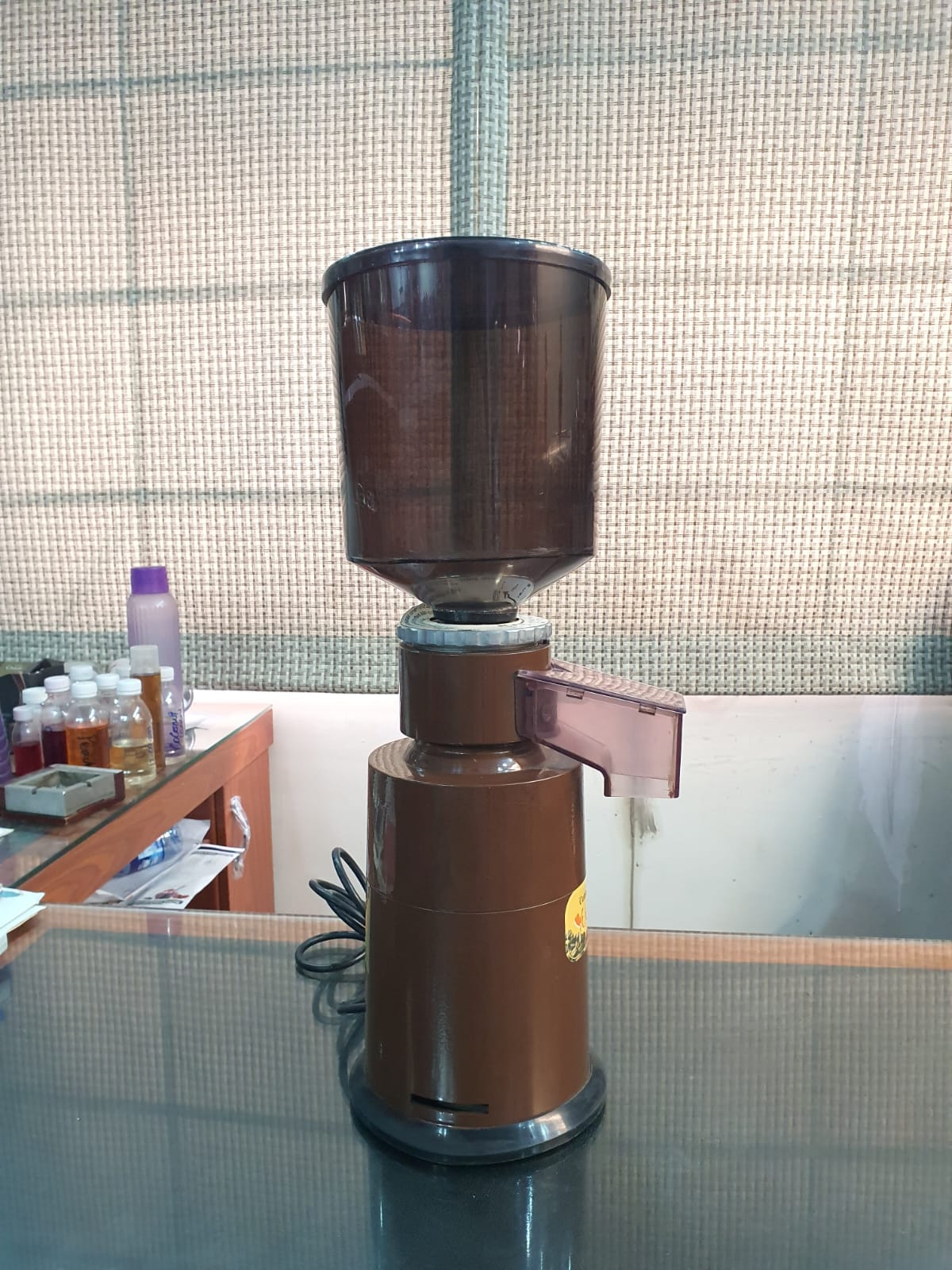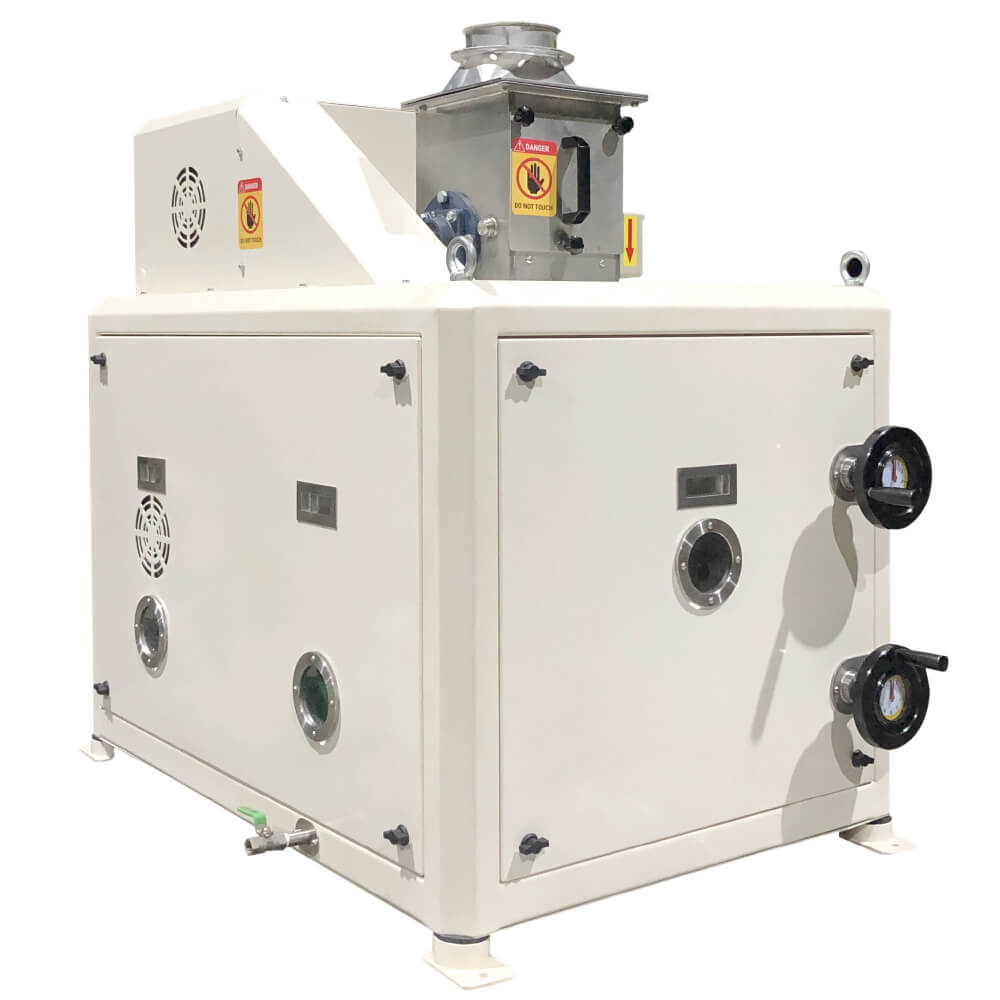Industrial Coffee Grinder vs. Home Grinder: Important Distinctions Outlined
Industrial Coffee Grinder vs. Home Grinder: Important Distinctions Outlined
Blog Article
How to Pick the Perfect Industrial Coffee Grinder for Your Organization
Choosing the optimal industrial coffee grinder for your business is a multifaceted decision that calls for cautious consideration of several critical elements. In addition, understanding the different types of mills readily available can considerably affect your operational efficiency.
Assess Your Grinding Requirements
When picking a commercial coffee mill, one must first evaluate their grinding demands to ensure optimal performance and consistency. This initial assessment entails recognizing the quantity of coffee to be refined daily, along with the wanted work dimension for numerous developing techniques. A high-capacity mill may be required for services offering huge amounts of coffee, while smaller operations might find an extra portable model enough.
Furthermore, it is vital to consider the kinds of coffee beans being made use of, as various beans may require details grinding strategies to accomplish the ideal flavor profile. Oily beans might necessitate a grinder developed to deal with such characteristics without overheating or clumping.
Specialized coffee companies commonly demand exact work sizes to enhance extraction and taste, making it vital to select a mill that can supply uniform results. Assessing the offered space and electric demands will certainly assist in picking a mill that fits flawlessly into your operational workflow.
Understand Grinder Types
Comprehending the various sorts of industrial coffee grinders is vital for making an educated option that fulfills specific operational requirements. There are mainly two classifications of mills: blade grinders and burr grinders.
Blade mills use rotating blades to slice the coffee beans, leading to an inconsistent grind size - Industrial Coffee Grinder. While they may be much more economical, they are commonly not appropriate for industrial applications where precision is essential
On the various other hand, burr mills give an extra consistent work by squashing the beans between 2 surface areas. They can be further categorized into flat burr and cone-shaped burr grinders. Apartment burr mills offer a consistent work dimension and are normally favored for espresso prep work, while cone-shaped burr grinders are versatile and can handle a variety of brew methods, from coffee to French press.
When choosing a grinder, consider the details requirements of your company, including desired work consistency, production quantity, and the sorts of coffee drinks you prepare to offer - Industrial Coffee Grinder. Each mill type has its limitations and benefits, so comprehending these nuances makes it possible for notified decision-making that straightens with functional objectives
Evaluate Grind Dimension Consistency
Attaining grind dimension consistency is essential for generating premium coffee, as variations in bit size can considerably impact extraction and taste. When choosing a commercial coffee grinder, it is critical to evaluate just how well the machine preserves uniformity in grind dimension across various batches. Irregular grind sizes can cause irregular extraction, resulting in a cup that might taste extremely bitter or weak.
To analyze grind dimension consistency, think about mills with features such as adjustable work setups and top quality burrs. Burr mills, specifically, stand out in generating consistent bit dimensions contrasted to blade mills. The material and shape of the burrs play a crucial role, with stainless steel and ceramic choices offering resilience and precision.

Consider Production Capacity
In the fast-paced globe of coffee manufacturing, considering manufacturing ability is paramount for businesses aiming to fulfill demand without giving up quality. The production capacity of this contact form an industrial coffee grinder straight affects a firm's capacity to accomplish orders successfully, handle stock, and reply to changing market fads.
When analyzing manufacturing capability, it is important to examine the grinder's output price, commonly determined in pounds per hour. This measurement needs to align with your company's projected sales quantity and development targets. A coffee shop with a high turn over may call for a grinder that can refine a number of hundred extra pounds daily, while a smaller sized operation could be enough with a reduced capability version.
Furthermore, consider the sort of coffee being processed. Various beans and blends may influence grinding rate and efficiency, necessitating a mill efficient in taking care of diverse manufacturing needs. It's additionally worth factoring in the mill's ability to preserve consistent quality under high result conditions, as any kind of fluctuations can impact the final product.
Inevitably, picking a grinder that matches your organization's production capability will ensure you continue to be receptive and competitive to client assumptions.

Budget Plan and Upkeep Variables
When evaluating the appropriate commercial coffee spending plan, grinder and upkeep elements play a substantial function in the general decision-making procedure. A first financial investment in a premium grinder can generate lasting advantages, but it's necessary to develop a clear budget plan that straightens with your business's operational requirements. Think about both the purchase cost and prospective functional prices, such as power intake and substitute components.
Upkeep is Related Site one more essential aspect that can affect your budget plan. Industrial coffee grinders require regular upkeep to ensure optimal performance and longevity. Evaluate the manufacturer's recommendations for upkeep, consisting of cleansing routines and parts substitute, as these will certainly influence long-lasting operational costs. Additionally, take into consideration the schedule of solution and support, as reputable support can reduce downtime and repair expenses.

Buying a mill that is resilient yet very easy to keep can conserve money with time. While lower-priced choices might be tempting, they might incur greater upkeep expenses and decreased performance. Ultimately, stabilizing preliminary prices with long-lasting upkeep and operational effectiveness will certainly direct you to the most effective option for your business's coffee grinding requirements.
Verdict
Picking the ideal industrial coffee grinder necessitates a comprehensive analysis of grinding demands, mill kinds, grind dimension uniformity, manufacturing capability, and monetary factors to consider. An appropriate mill not just improves the quality of the coffee produced however also adds to the overall success and earnings of the enterprise.
Specialty coffee companies frequently require accurate grind dimensions to improve removal and flavor, making it important to choose a grinder that can deliver consistent outcomes. Flat burr grinders offer a regular grind dimension and are generally favored for coffee prep work, while cone-shaped burr grinders are functional and can deal with a range of mixture approaches, from espresso to French press.
When selecting a commercial try here coffee mill, it is important to assess just how well the equipment keeps uniformity in grind dimension across various batches. Burr grinders, in specific, succeed in generating consistent fragment sizes contrasted to blade grinders.Selecting the suitable industrial coffee mill requires a complete assessment of grinding needs, mill kinds, grind size uniformity, production capacity, and monetary considerations.
Report this page